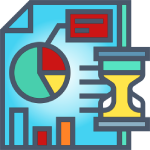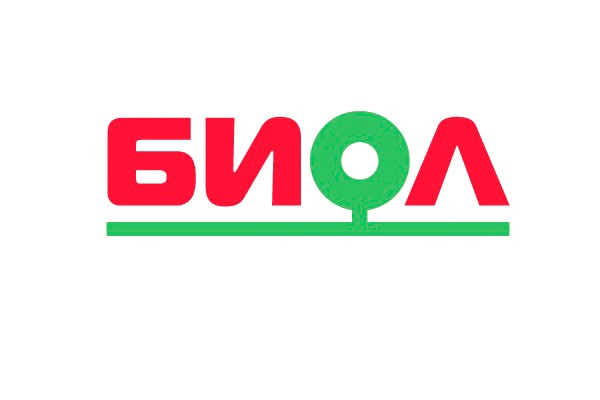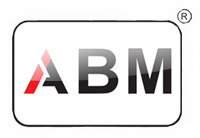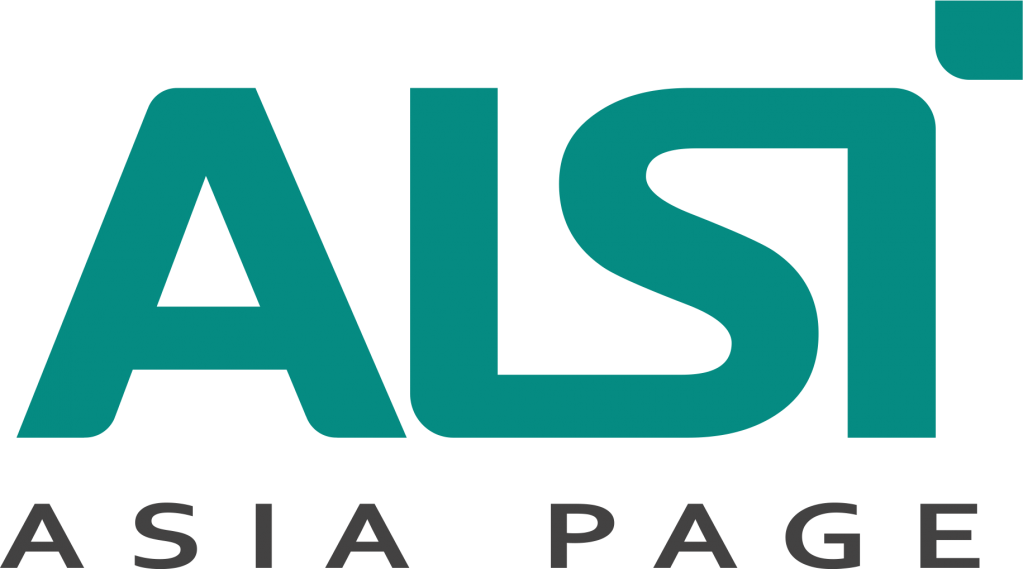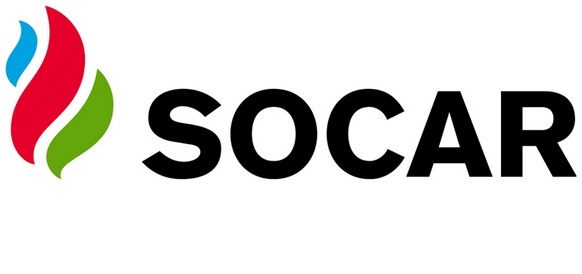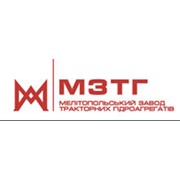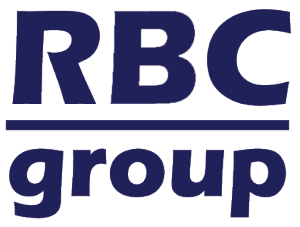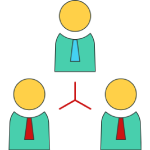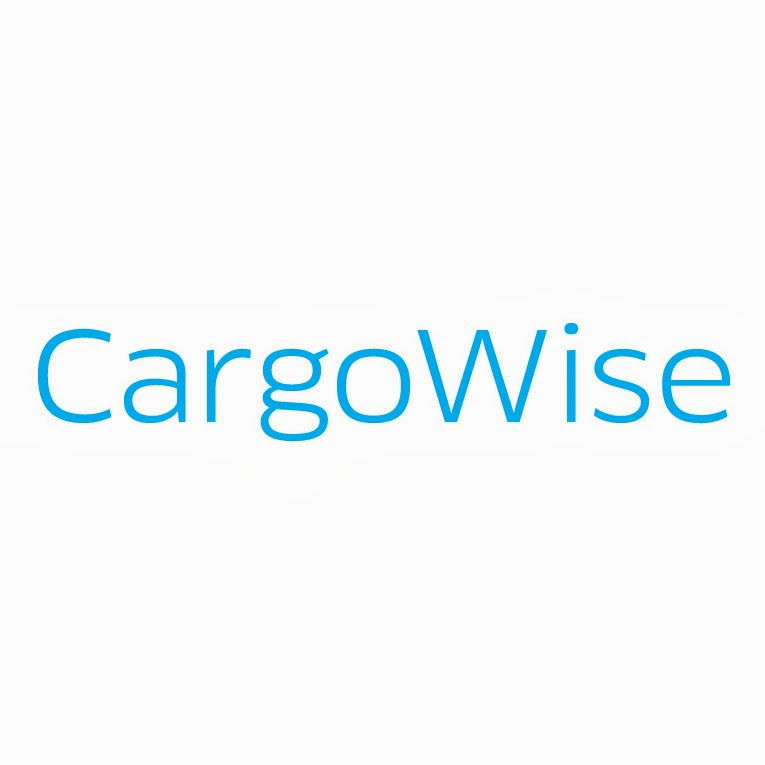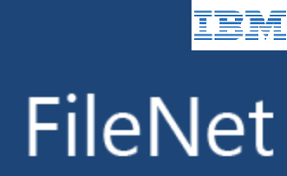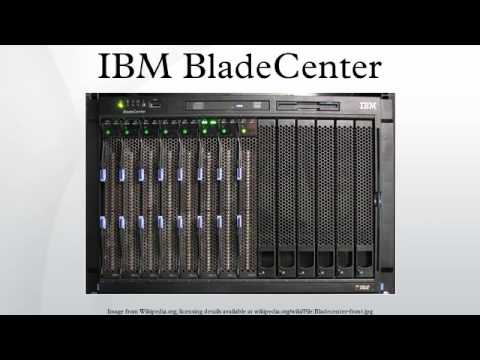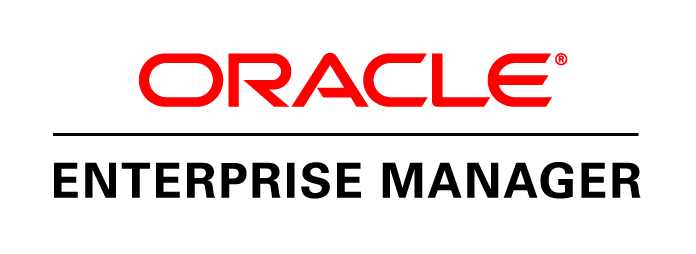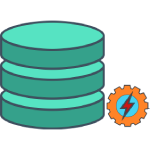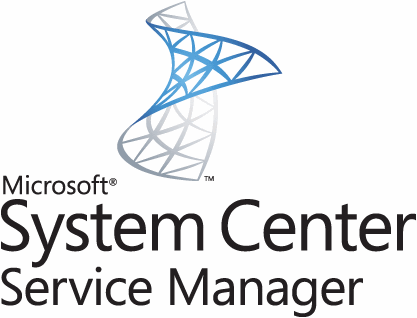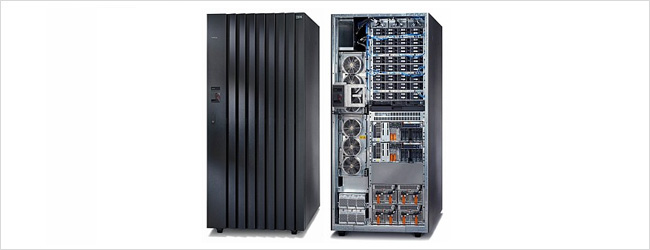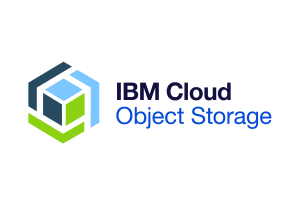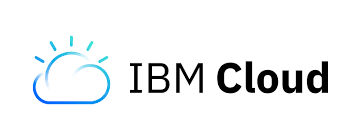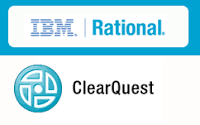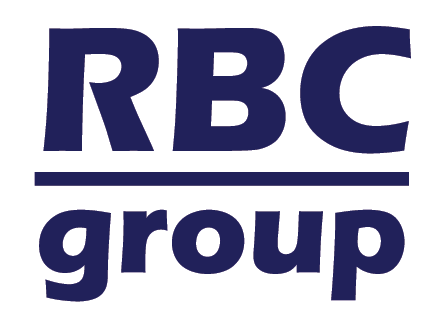
RBC Group
http://www.rbcgrp.com/
Information Technology
Description
RBC Group - one of the leading consulting companies in the CIS. Our consultants provide solutions successfully operating on the business management based on ERP and BI.
The basis of our relationship with our customers - long-term cooperation in the field of implementation, support and development of modern enterprise management systems.
Our mission - realization of the unique competitive advantage of our customers using modern approaches to business management based on the best-in-class information systems.
The main activities of RBC Group - is:
- Provision of consultancy services for implementation and training services.
- Supply replicable enterprise information management systems of the world leaders in this area, as well as its own methodological developments.
- Implementation support embedded solutions and management systems.
Categories
Supplied deployments
Produced products
Supplied products
Partnership with vendors
Vendor | Partner status | Country | Partner types |
|---|---|---|---|
| Microsoft | Partner | ||
| Oracle | Gold | ||
| IBM | Premier Business Partner |




